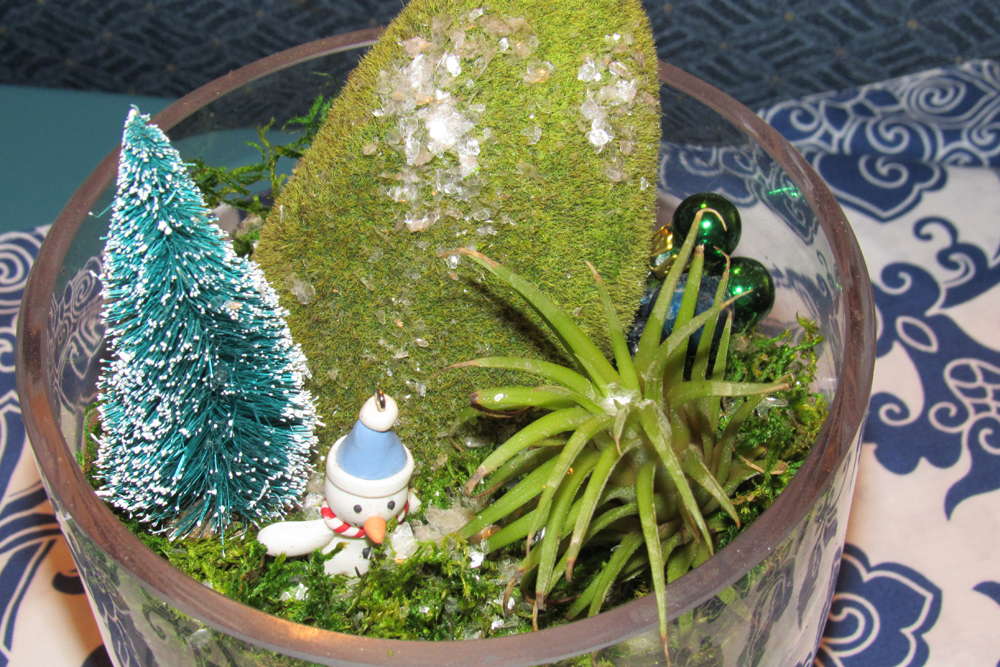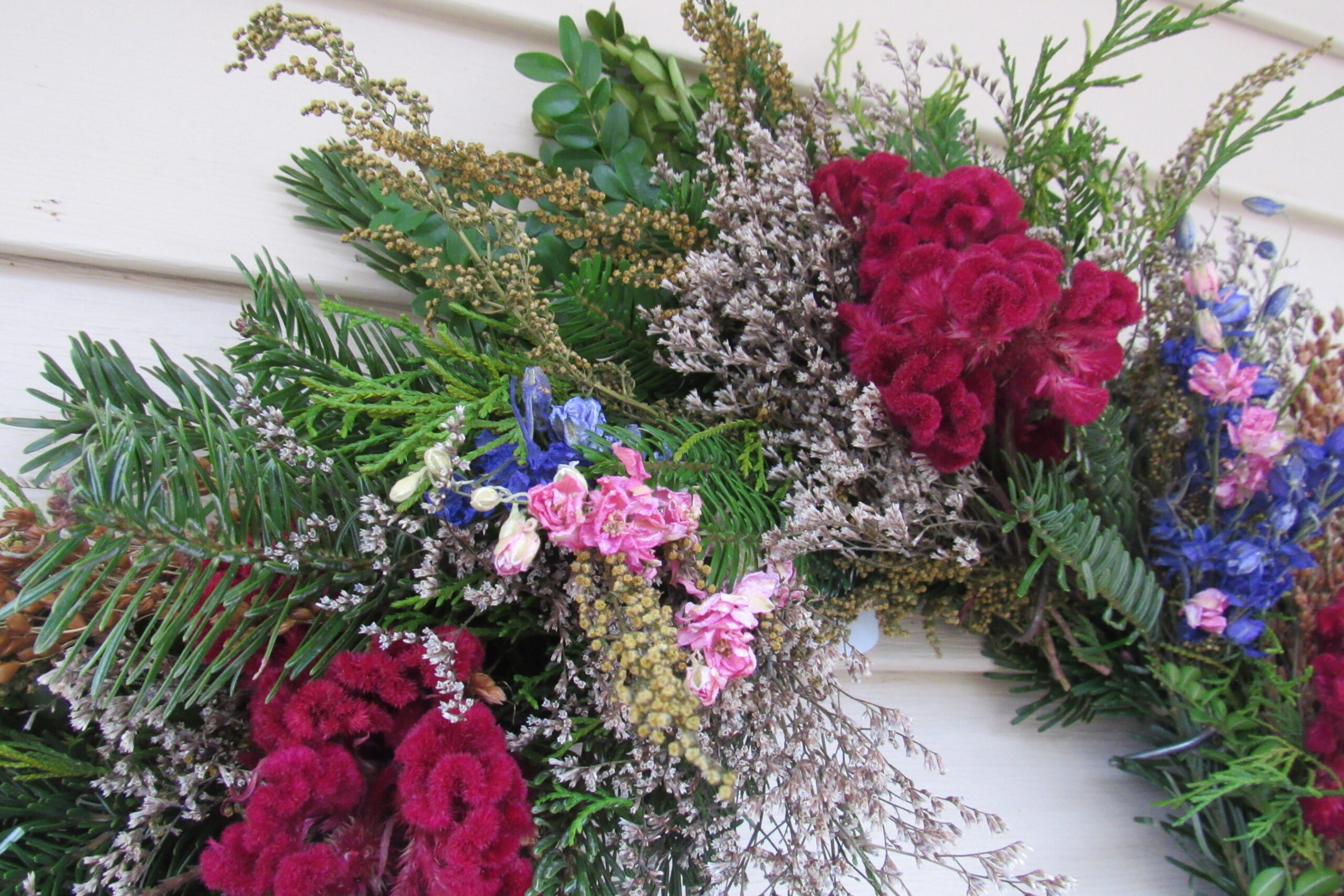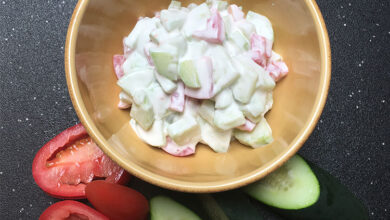Dish gardens offer winter fun

Dish gardens are a fun way to garden indoors any time of year, but perhaps especially during the long winter months. Dish gardens are defined by Cornell Cooperative Extension as a pleasing arrangement of several different plants in one container. The options really are limitless, you can use whatever container and whatever materials and embellishments you have readily available. Dish gardens can be placed throughout your home – on tables, mantels, pedestals, or windowsills.
When planting a dish garden, the most important considerations are planting technique, type of container, soil mixture, watering, and lighting.
The container can be any shape or material you like, but if you are using brass, copper, or iron, place some kind of liner in the container before planting. Lining options include aluminum foil, a polyethylene bag or a plastic liner. The container should be at least three inches deep, and keep drainage in mind. Ideally, Cornell recommends a container that is deep enough for a one-inch layer of gravel and charcoal beneath the soil, plus two to three inches of planting soil.
Use a prepared potting soil or mixture of one part sand or perlite, one part soil, and one part peat moss. Add one level teaspoon of 5-10-5 fertilizer for each six-inch pot of soil added, less for shorter pots. For drainage, any coarse material can be used; gravel and broken flowerpots are two examples. Charcoal should be mixed in to provide oxygen.
You can plant whatever you like in your dish garden, but if you want the look of an arrangement, choose three to six small plants. Local garden centers have a great selection of possibilities, especially with the popularity of fairy gardening. Most of these plants work well as houseplants.
According to Cornell, it is best to select and group plants according to similar growth requirements. You would want to include low light, high moisture plants in one container, while high light, low moisture plants would be better in their own container. Grouping of plants according to similar growth requirements is very important for creating a successful container garden. Take into account leaf texture and colors when choosing plants. A pleasing variety of plants makes for a beautiful and interesting dish garden.
Once you have your materials assembled, you are ready to create your dish garden. Add the necessary drainage material first. This includes charcoal and the coarse material such as gravel, or broken flowerpots. There should be from 3/4-inch to one-inch of drainage material in the container.
Keep your plants in their containers while deciding on which arrangement is best. This allows you to easily move them around the container until you find the most pleasing arrangement. Symmetrical plantings will feature the tallest plant in the center with shorter plants on either side. Asymmetrical plantings feature the tallest plant off-center with the shorter plants creating a balance on the opposite side.
When you are ready to plant, add 1/2 to 3/4 of an inch of soil on top of the gravel. Carefully remove plants from their containers and arrange them in place. Add additional soil around the plants, making sure not to plant them deeper than they were in their pots. Firm the soil around the plants and water well. Be careful not to soak the container, however. Add embellishments, if you like, for added interest.
To keep your dish garden looking great, water according to plant requirements, thin out overgrown plants, and keep an eye out for insects that need control.





